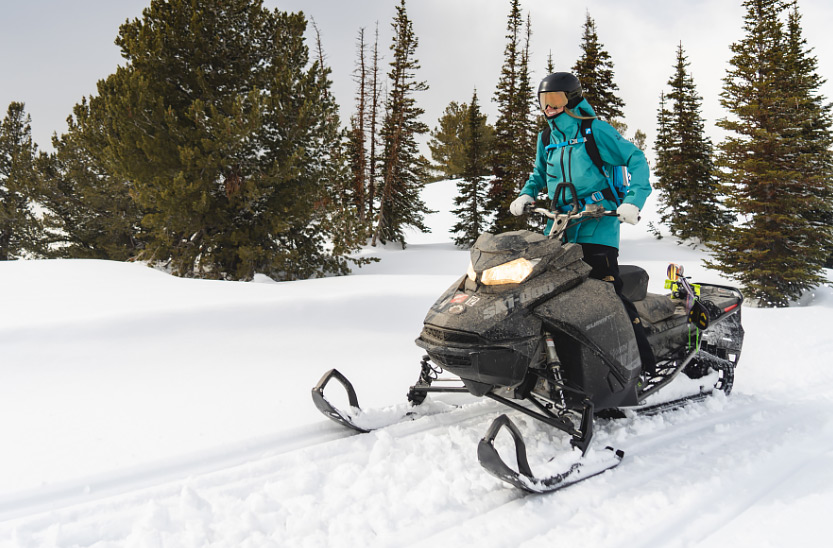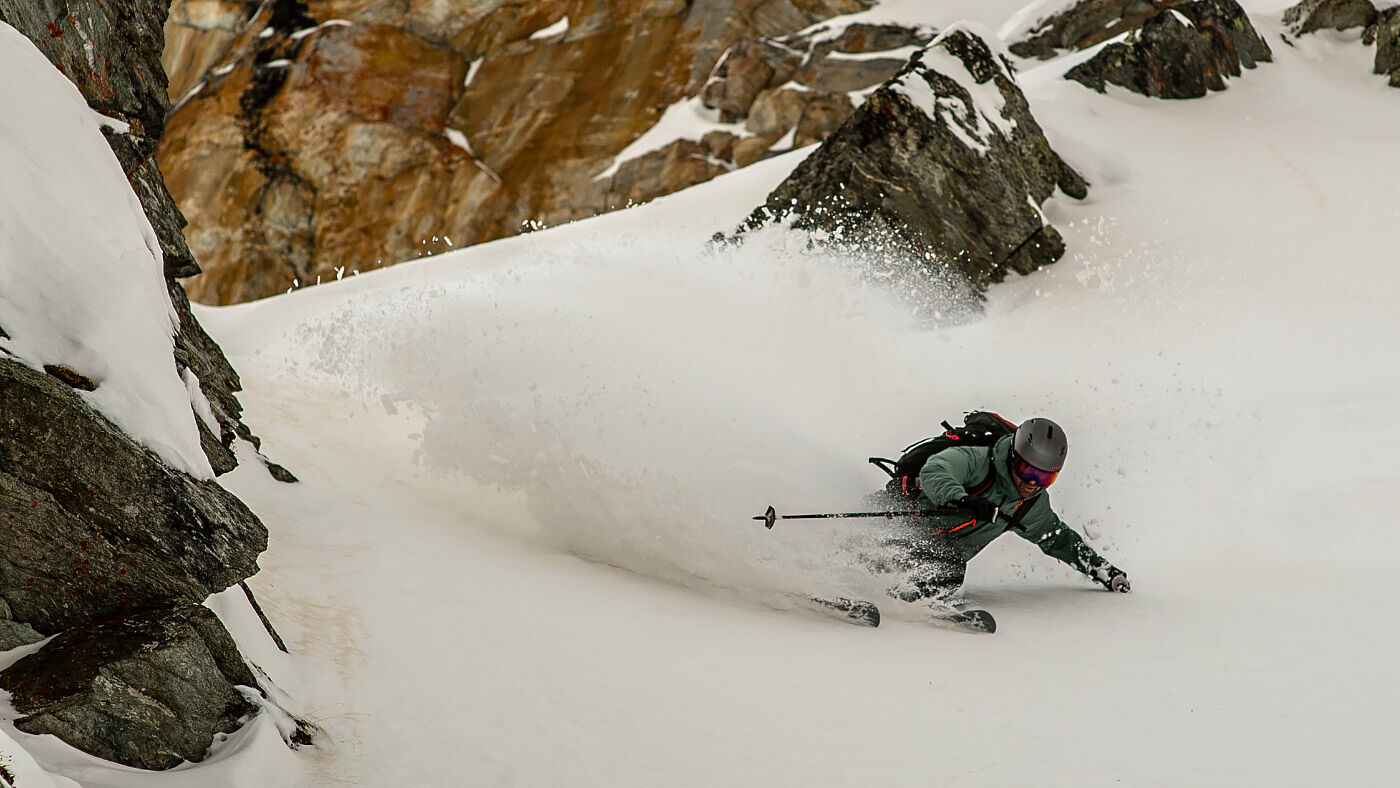
How to prepare for backcountry Skiing & Snowboarding
Warning: There are myriad of inherent risks in backcountry snow sports. Reading this article is a good start, but it’s no substitute for formal education or practice using your own equipment.
More and more riders are heading into the backcountry to enjoy the benefits—untracked powder, crowd-free runs, and pristine adventure. However, to say that you should “be prepared” before heading into the backcountry would be an understatement. Knowing what to do when things don’t go as planned in the backcountry can save lives. Not only do you need life-saving gear and an understanding of how to use it, but you also need to have taken avalanche safety awareness classes, understand how weather patterns affect the snow, have a knowledgeable guide when going to a new place, and a mapped-out route. All of this is a lot easier said than done, so read on to learn more about the importance of backcountry safety, understand some key principles and practices, find out more about the resources available to you, and learn about the gear you need.
Where to start
1. Educate: Learn what you need to do before you head out, avalanche safety resources available to you, and where to find proper training.
2. Gear Up: Gather necessary and lifesaving gear you’ll need to determine where and if you can ride.
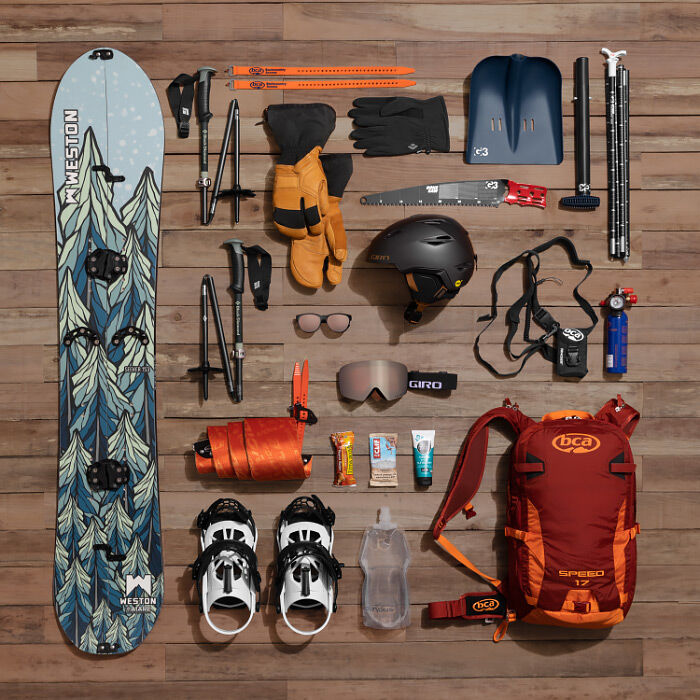
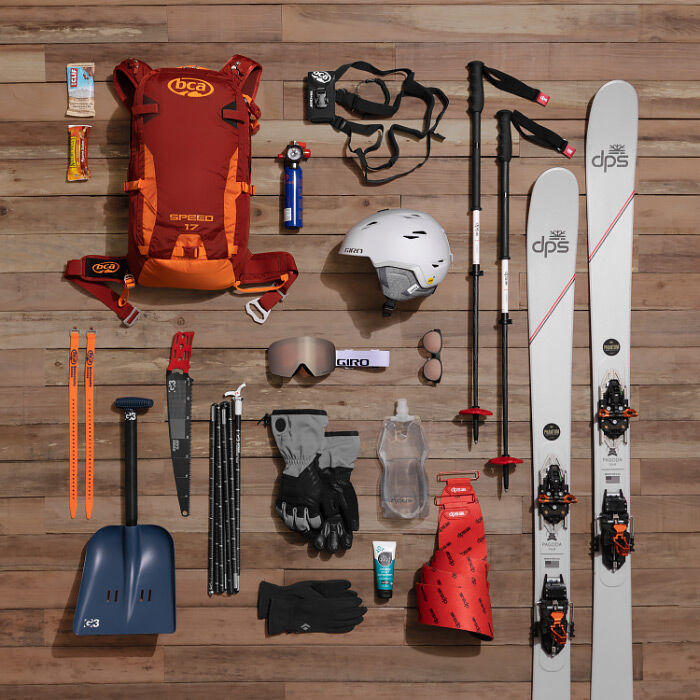
3. Practice: What to expect when rehearsing how to check snow conditions, finding buried beacons, shoveling out a victim, and more.
4. Principles: The importance of paying attention to your surroundings, not going out alone, and being communicative are just a few of the many principles to remember when heading into the backcountry.
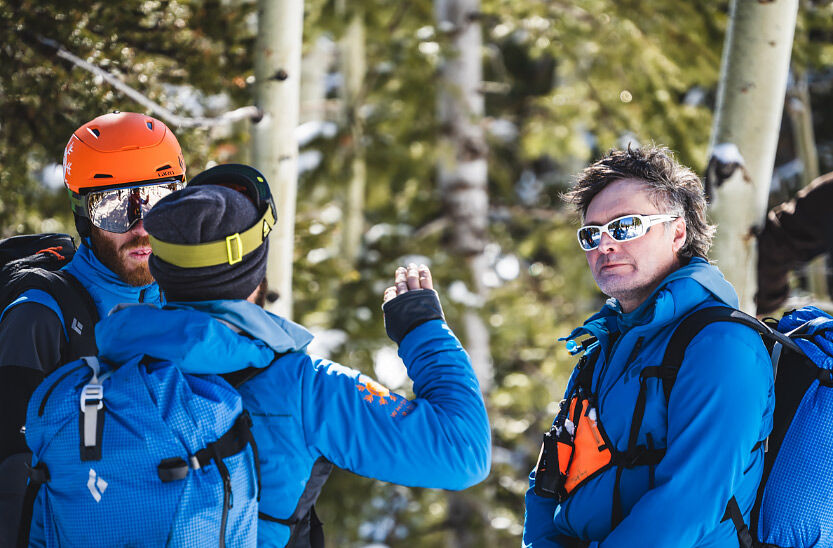
Before You Head Out
All of the awareness and training in the world can’t guarantee you’ll be 100% safe, and “Know before you go,” is the slogan of backcountry safety for good reason. Avalanches are no joke. They’ve been known to take out trees, cars, people, and entire buildings. Knowing search-and-rescue techniques and the level of risk you should and shouldn’t take on will help you make smart decisions, including: if and when to go out; what to do if an avalanche occurs; and how to increase the odds of survival if things go wrong.
